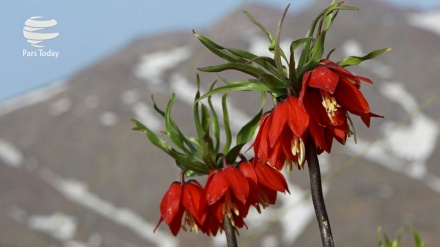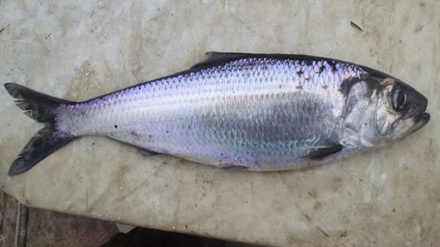Iran’s rare animal and plant species (30)
The second largest lake in West Asia is Uremia Lake which is also situated in Northwest Iran. This lake is the habitat of a crustacean, hermaphrodite specie named Artemia.
Seven different Artemia species have been identified worldwide, one of which lives in Uremia Lake, which is one of a kind and cannot be found anywhere else. Unfortunately, as the consequence of problems which have occurred in Uremia Lake in the recent years, this valuable aquatic has been pushed toward the verge of extinction. Today, we become more familiar with this Artemia specie, which is popularly known as Artemia Urmiana.
The first written report on the existence of Artemia in Uremia Lake was presented by someone named Gunther in the year 1899 AD, with researchers, referring to this artemia specie as Artemia Salina. However, in the year 1989, based on the studies which were carried out by an Iranian researcher and scientist, it was discovered that the existing Artemia in Uremia Lake is a different type, which is unique to Uremia Lake. Therefore this Artemia specie was renamed as Artemia Urmiana.
Artemia Urmiana is one of the seven identified Artemia species which are identified worldwide. It is a tiny and delicate crustacean, which is used to living in salty waters. This kind of Artemia has got used to difficult living conditions in Uremia Lake and has reproduced in large numbers due to absence of any predators or rivals.
The length of the body of an adult Artemia is around ten millimeters. The Artemia of Uremia Lake can hatch eggs or give birth to its offspring. The latter case usually takes place in the absence of any stressors in the living environment of Artemia. This specie has two eyes, a stretched body, a number of antennas, and eleven pairs of legs. A pair of muscular claws is also located on its head which is the second set of antennas of Artemia.
Artemia eggs are globally valuable; 52% of which is protein, and 4% is fat. The amino acids and fatty acids in Artemia eggs fully meet the needs of fresh waters aquatics. Artemia can be used as a nutritious feed for the purpose of cultivation of fresh waters fish, prawn, and lobster species, or for cultivation of saline water fish and prawns. In fact, today, the pisci-culture industry has been tied to Artemia species. Based on the studies which were carried out by Belgian and Iranian experts from 1988 to 1992, the annual reproduction of Artemia specie in Uremia Lake is worth millions of dollars. However, during the recent years, as the result of a number of problems, such as changes in climate, a reduction in rainfall, rising temperatures, and inappropriate usage of water, the saltiness of water rose from 150 milligrams per liter to 340 milligrams per liter, thereby endangering the life of this valuable creature, and pushing it toward the verge of extinction. A reduce in the volume of water of Uremia Lake and the excessive surge in its saltiness, left negative impacts on the reproduction of Artemia.
Fortunately, in the recent two years, upon supply of water to Uremia Lake via release of water behind dams; and the dredging of main rivers, pouring into Uremia Lake, the volume of water of Uremia Lake has relatively increased and the movement of Artemia has been observed in this lake. Observation of movement of Artemia in Uremia Lake shows that upon the revival of this lake, this valuable creature has been revived.
MR/ME


